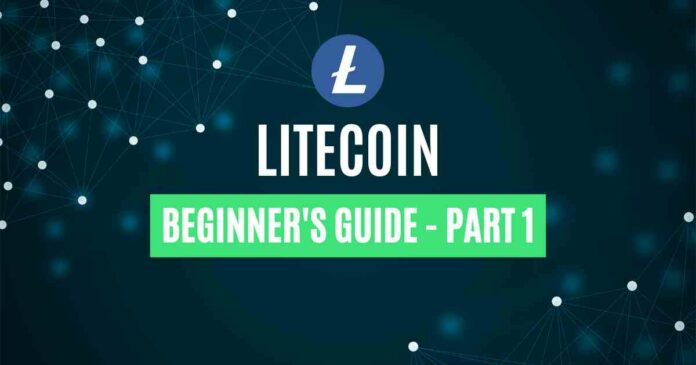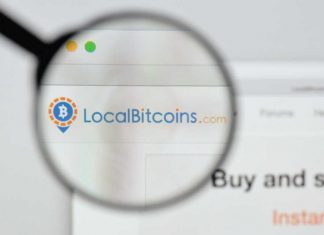While Bitcoin is the oldest cryptocurrency, Litecoin, the second oldest crypto that emerged in 2011 has less of the spotlight. As the name suggest,
Litecoin emerged as a solution to some of the supposed problems with Bitcoin. This article is the first of two reviews about Litecoin.
What is Litecoin?
Mining monopolies and slow transaction speeds were some of the earliest concerns about Bitcoin. So, former Google engineer, Charlie Lee, created Litecoin as one of the first altcoins. It also emerged as a Bitcoin spinoff, designed for secure, fast, secure and low-cost payments.
#Litecoin has zero downtime in over 11 years of existence. The longest uninterrupted uptime in #crypto. pic.twitter.com/JYqpyAVd2q
— Litecoin (@litecoin) January 29, 2023
Lee created a new hashing algorithm for Litecoin known as Scrypt. This algorithm aided Litecoin’s faster transaction speeds. Bitcoin’s transaction speed was far from impressive. Furthermore, generating new blocks on Bitcoin could take up to 10 minutes. Bitcoin’s slow transaction speed was a source of frustration for merchants accepting Bitcoin as payment.
On the other hand, Litecoin can handle 54 transactions per second, and new blocks can be added to the blockchain every 2.5 minutes.
LTC Use Cases
At first, it would be hard to see any use cases for LTC. But, Litecoin has a variety of applications. LTC is a widely accepted, efficient, and reliable payment method. Users are able to pay for a variety of goods and services using LTC.
Furthermore, people can use LTC to pay for services, including those offered by websites and stores selling children’s toys, tourism, art, and food. Additionally, many people give donations, incentives, and other payments using this crypto.
The Litecoin network just processed its 142 millionth transaction!⚡ pic.twitter.com/wyZQe4w08L
— Litecoin (@litecoin) January 27, 2023
Here’s a summary of some of LTC’s use cases.
- Payment for good and services: With Litecoin seen as an alternative to Bitcoin with greater transaction speed, some platforms accept it as a means of payment.
- Donations: Some bloggers and charities accept donations in LTC. For example, platforms such as AfricaAid, All Hands and Hearts, Cedars Home for Children accept donations in LTC.
- Peer-to-Peer transactions: LTC can also be used for cheap, secure and fast transactions. Users can send LTC to their relatives or friends, saving them money and time.
#PaywithLitecoin via:
🛒 Bitpay
🛒 PayPal
🛒 Coingate
🛒 Shopify
🛒 Flexa
🛒 CoinMe/CoinStar
🛒 CakePAY
🛒 Cryptocom Pay
🛒 Nowpayments
🛒 Coinbase Commerce
🛒 AlfaCoins
🛒 Coinpayments
🛒 CryptoBucks
🛒 Binance Pay
💳 Litecoin Visa Card#Litecoin ⚡— Litecoin (@litecoin) January 27, 2023
How to Build a Litecoin Node
A node is just a software running on your computer. It listens to other nodes, shares blocks and ensures the ledger is up to date. Nodes also provide historical blocks to new nodes that are doing their first download of the full blockchain. Click on this blog post to find out how to run a node.
We’ve got a second part of this article with more answers about LTC.
⬆️ For more cryptocurrency news, check out the Altcoin Buzz YouTube channel.
⬆️ Our popular Altcoin Buzz Access group generates tons of alpha for our subscribers. And for a limited time, it’s Free. Click the link and join the conversation today.




























